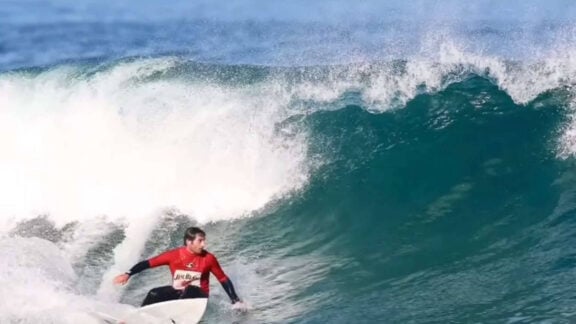From 1 July, your compulsory superannuation contributions will start to increase. The increase will be gradual, moving from 9 per cent in 2013 to 12 per cent in 2019.
The rise is going to boost Australians’ super accounts over the long term. An increase of 9 per cent to 12 per cent is 33 per cent more into your retirement savings, which is significant.
So this is a time to get serious and ask, am I doing all I can to grow my nest egg for retirement?
The key to this is the compound interest effect. The joy of having your money locked away for several decades and earning interest is that it gets a chance to compound (earning interest on the interest), and along with regular contributions – not to mention a concessional tax rate – your savings are accelerated.
The compound effect works best when every cent is being worked on so you must concentrate as strongly on costs as you do on revenues.
But if you have a look at your annual super statement you’ll see a list of figures with a minus sign in front of them. These are the withdrawals from your balance, for fees.
The largest fee is the management fee, the percentage of your balance that is taken to administer the funds.
Take two 30-year-olds, each earning $60,000, with $30,000 in super. One of them is paying 0.9 per cent in management fees and the other, 1.5 per cent.
By the time they retire, the person paying 0.9 per cent has paid $77,892 in fees and the other, $118,649.
Management fees are easy to compare online and switching to a more reasonable fund can save you thousands, over $40,000 in the case above.
Other fees also differ across the industry, as do life insurance premiums.
Importantly, when you find cost savings in super, you boost savings without taking market risk.
Returns are also important. I’m not a fan of reviewing super performance every year, because when people change investment options in line with the hottest performers, they always miss the growth period by several months and then they are charged for changing.
It’s better to set up an investment framework based on your risk profile, which relates to what you want to earn in returns.
In terms of fund selection I suggest you look at a fund’s ten year performance. This is not a guarantee of future performance but it does show you how a manager performs with a long-term savings vehicle like super.
This is especially the case with volatile assets such as shares and property – you should be looking at what a manager can achieve over a decade, because this gives you the time in the market to weather the troughs and still take the gains.
Remember: small differences are important in superannuation and if you can lift long term returns by 1 per cent, and reduce costs by 1 per cent, you are boosting your super without taking much risk.
Finally, superannuation is not a tax. This is your money, so become engaged, stay informed and retire the right way.
* Mark Bouris is the Executive Chairman of Yellow Brick Road, a financial services company offering home loans, financial planning, accounting & tax and insurance. Email Markonmark.neos@ybr.com.au with any queries you may have or check www.ybr.com.au for your nearest branch.
Advertisement
Super chance
From 1 July, your compulsory superannuation contributions will start to increase and Mark Bouris has just the right advice









